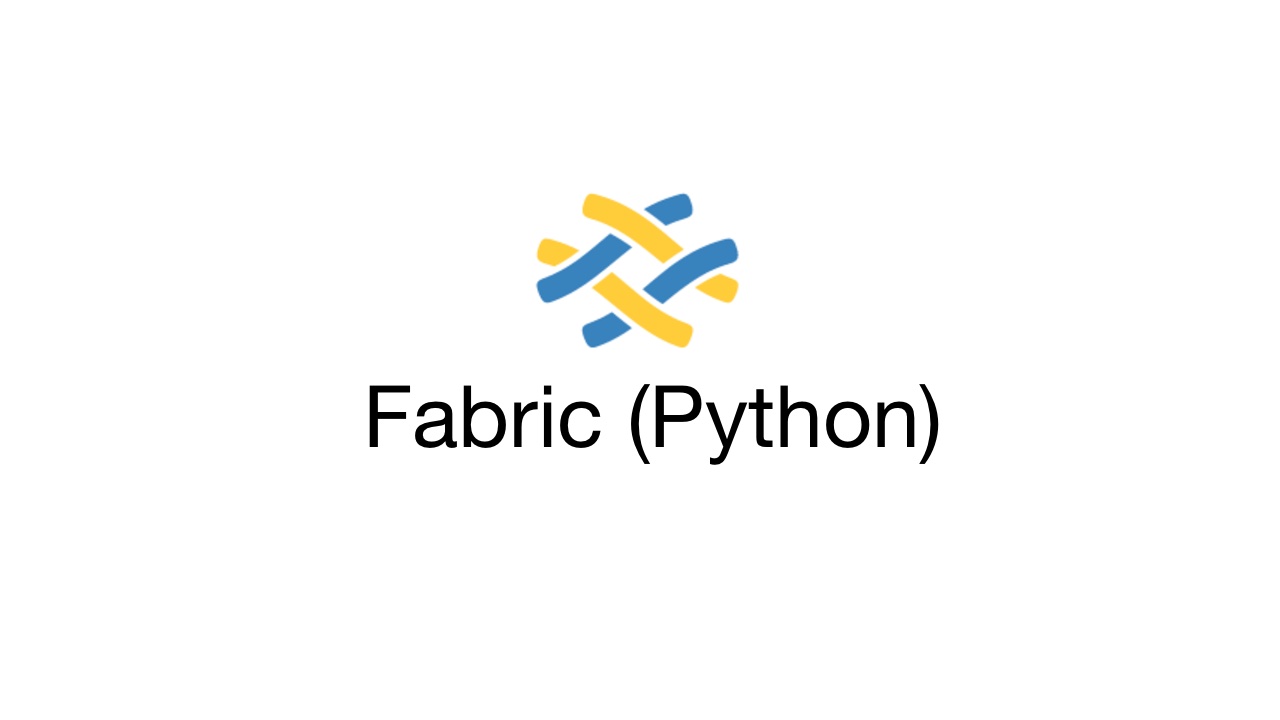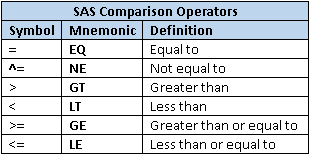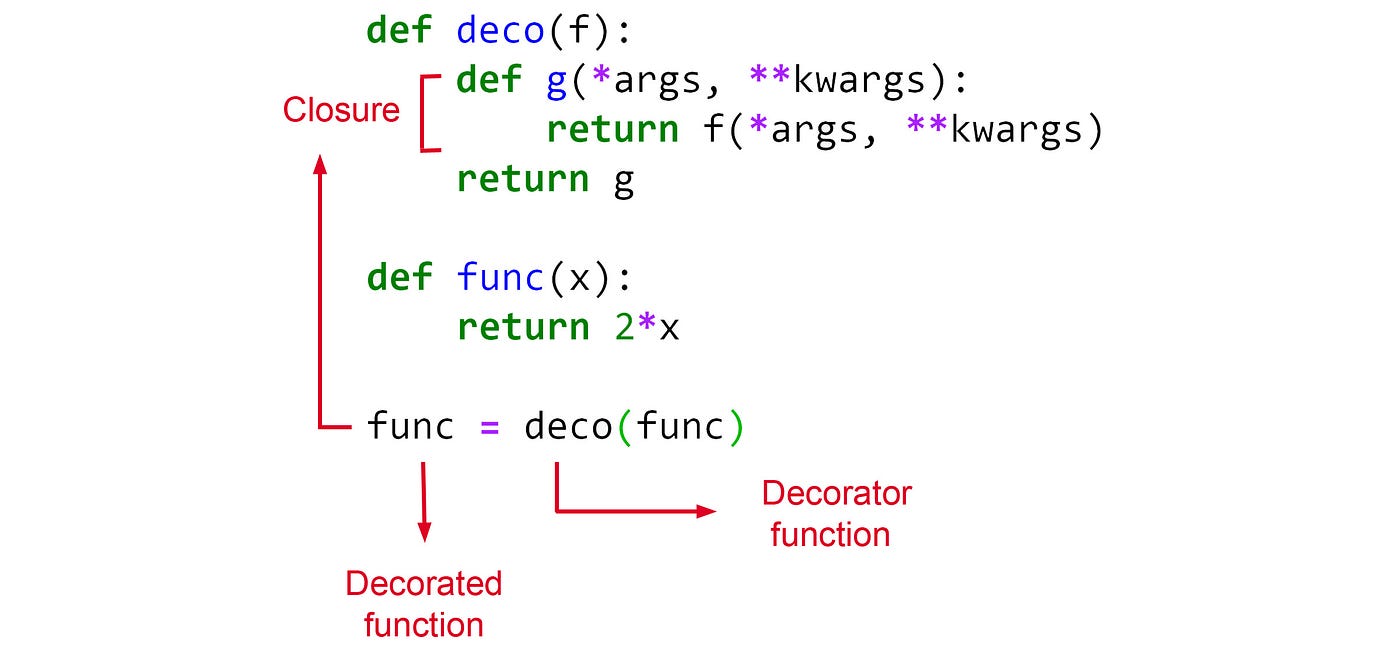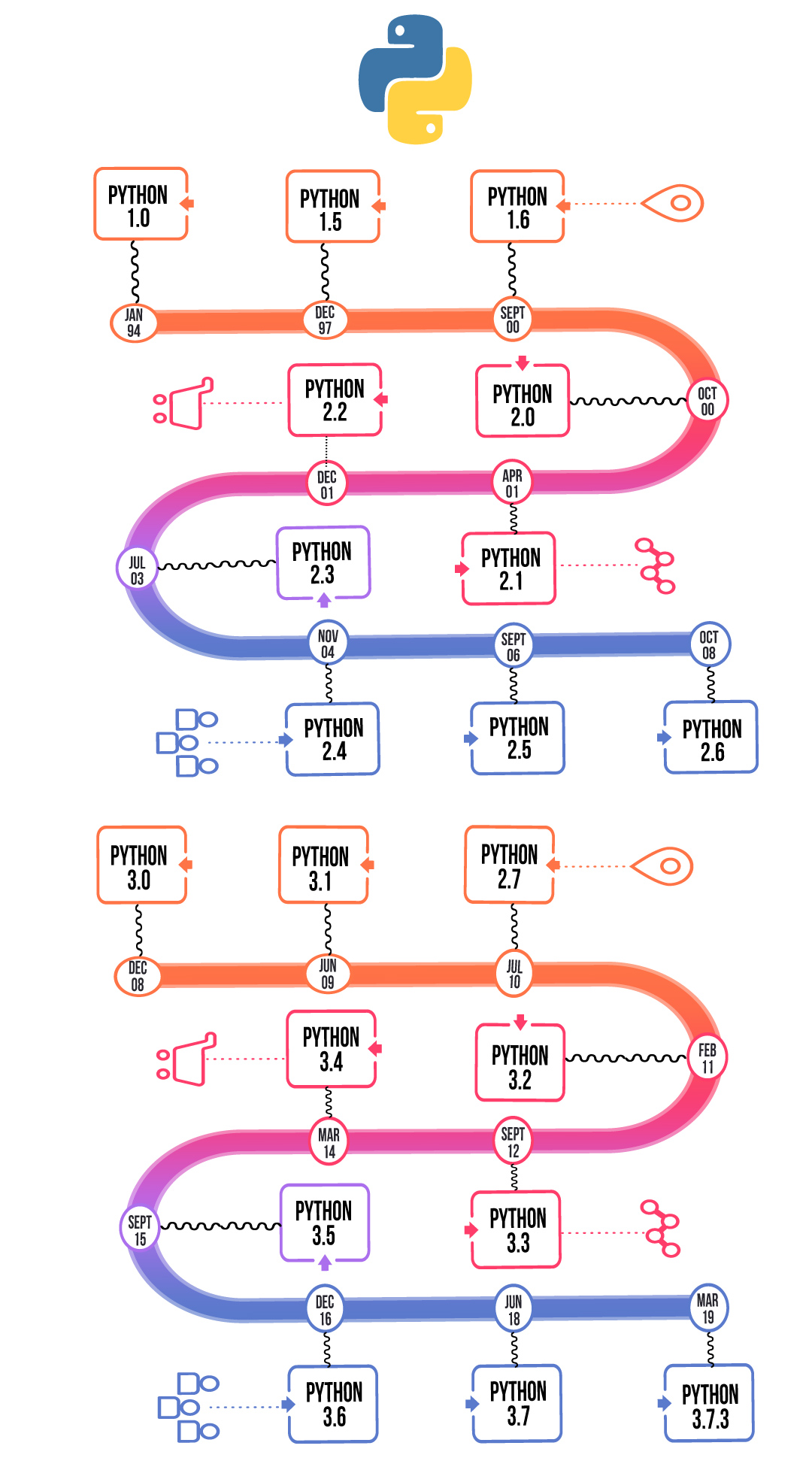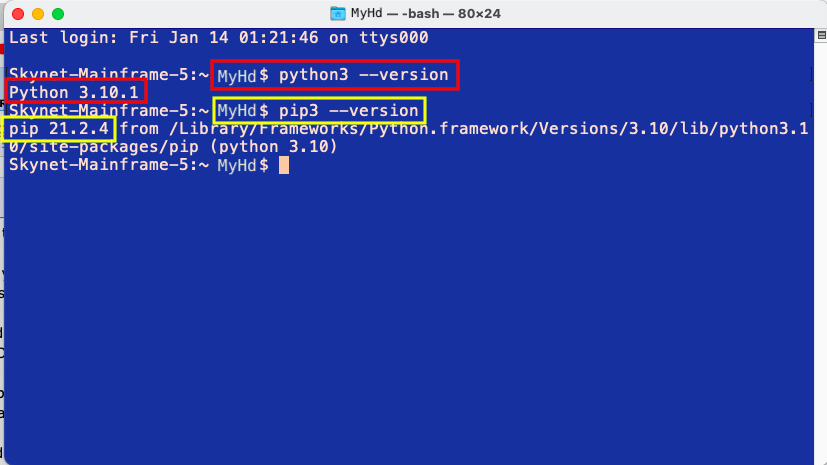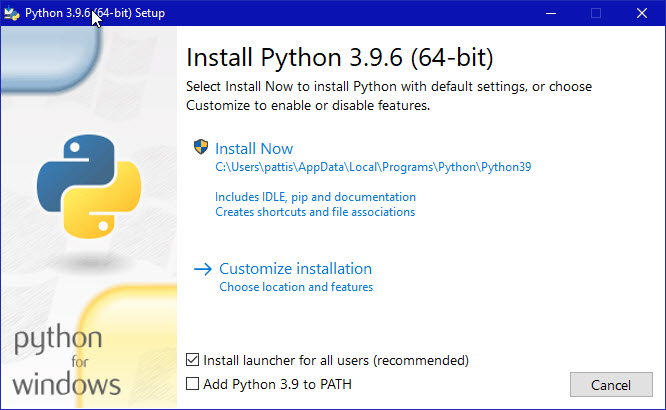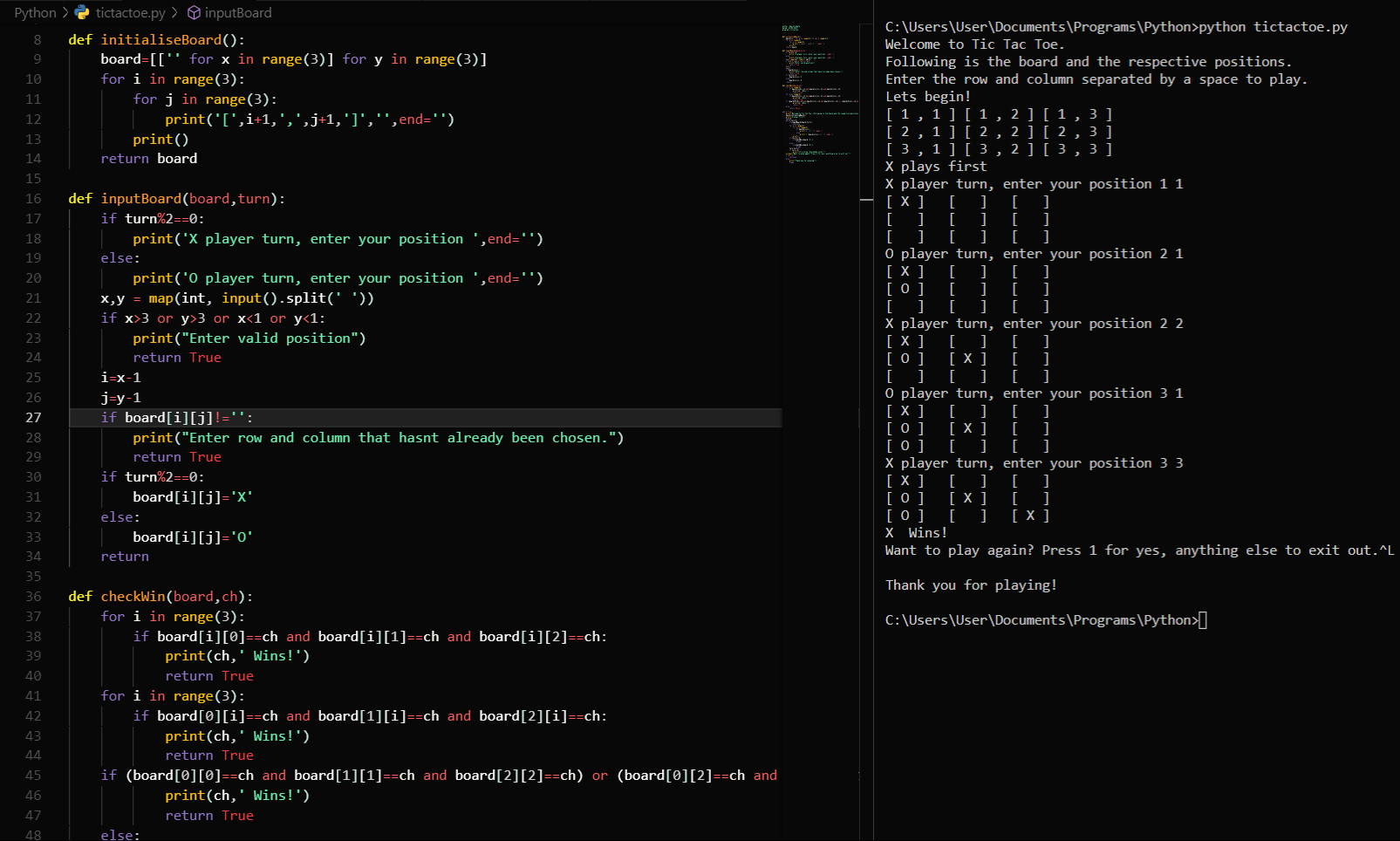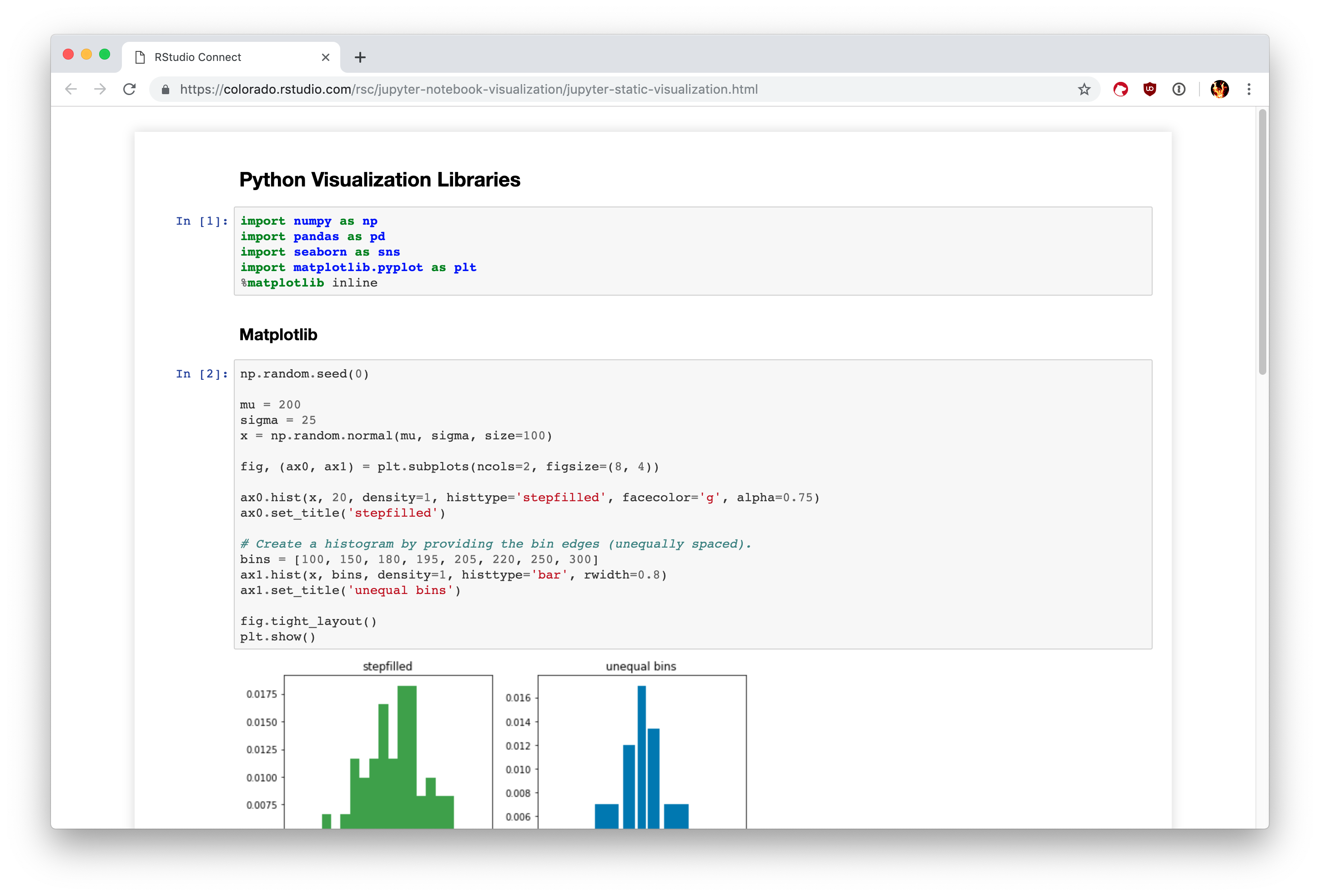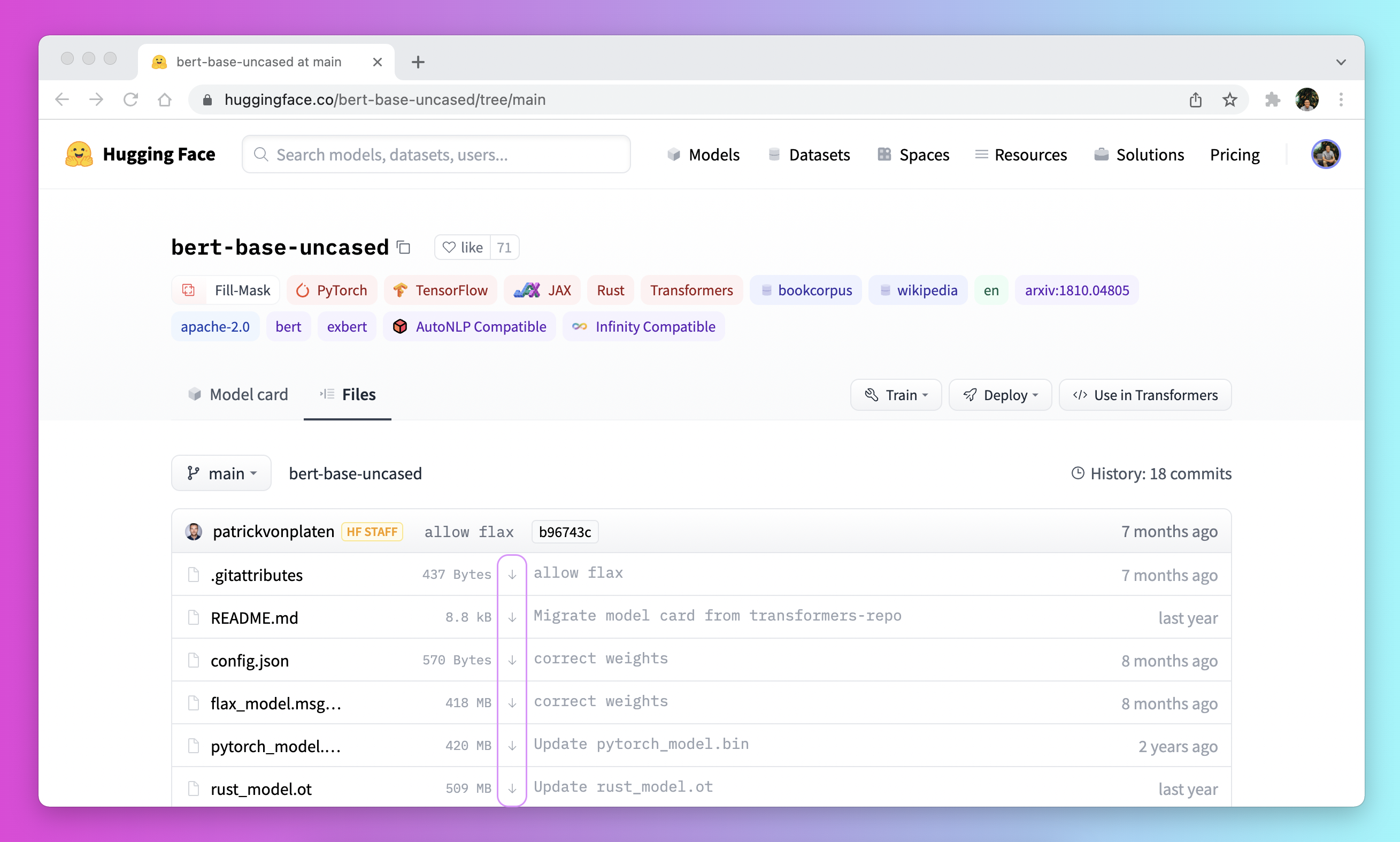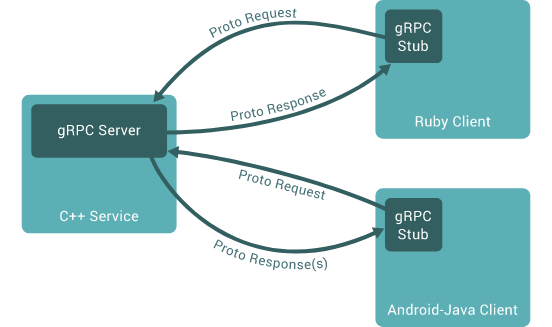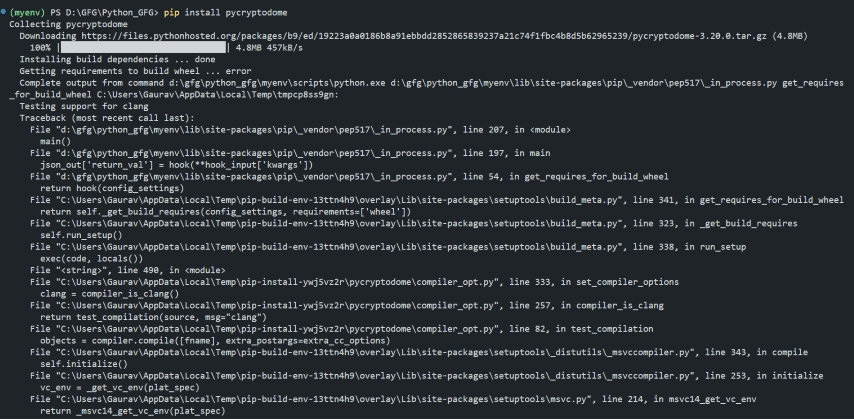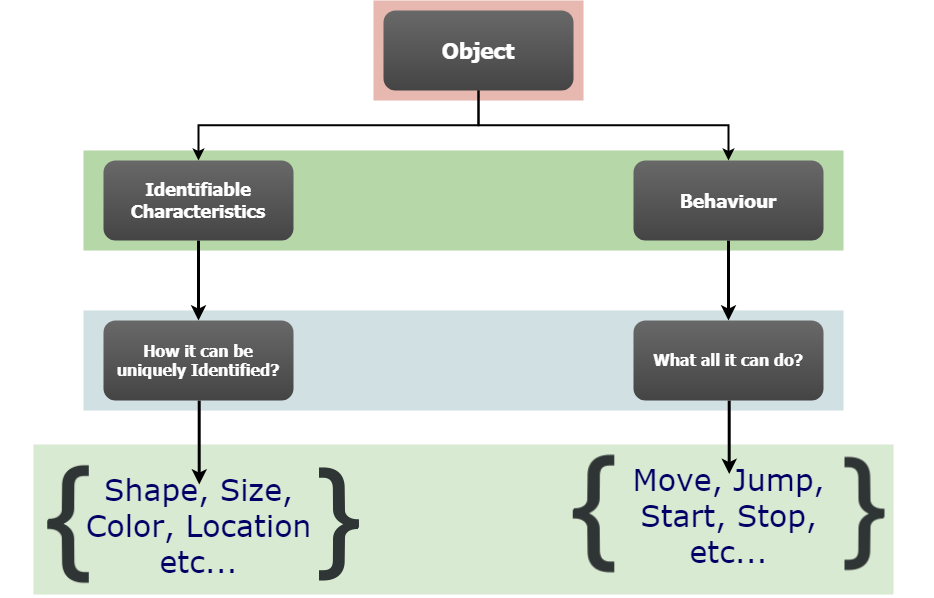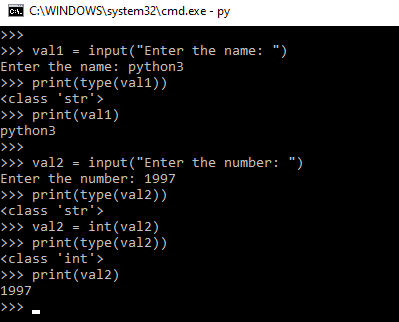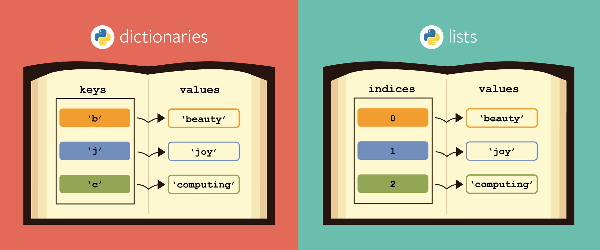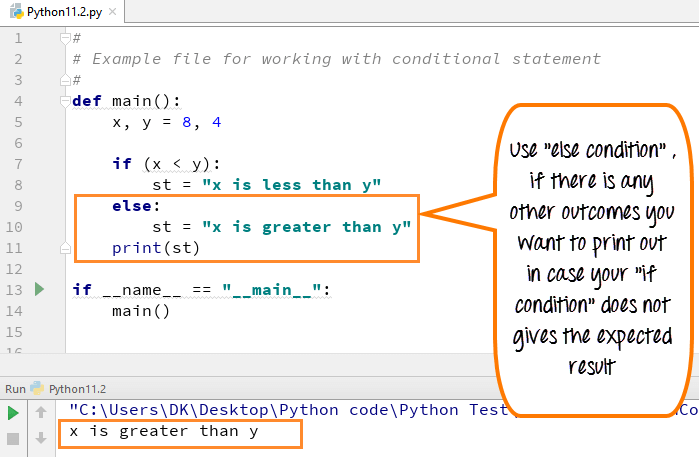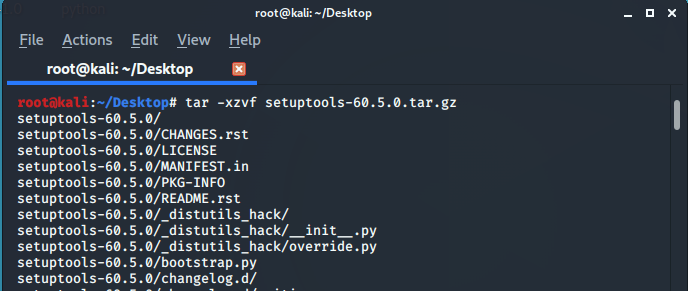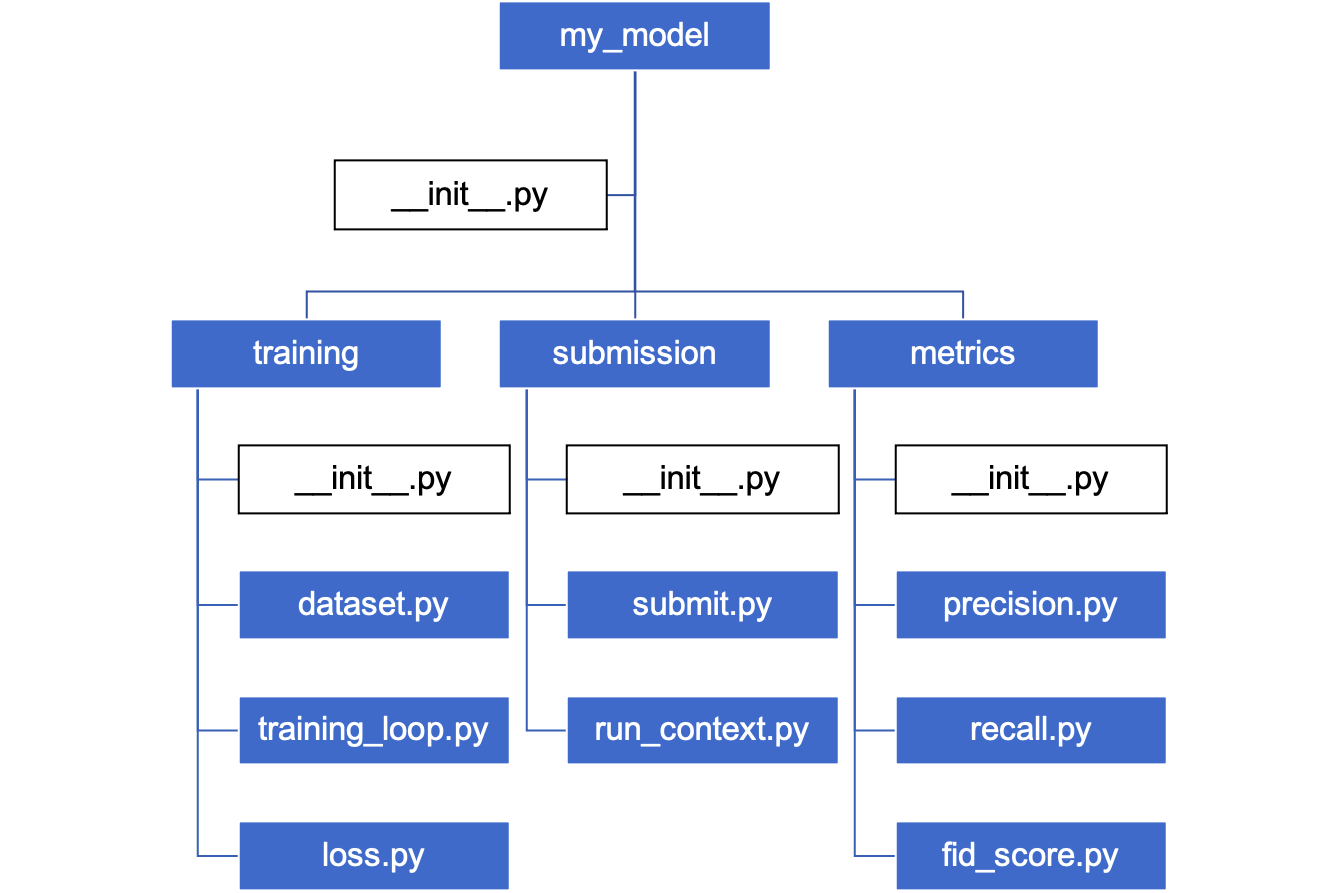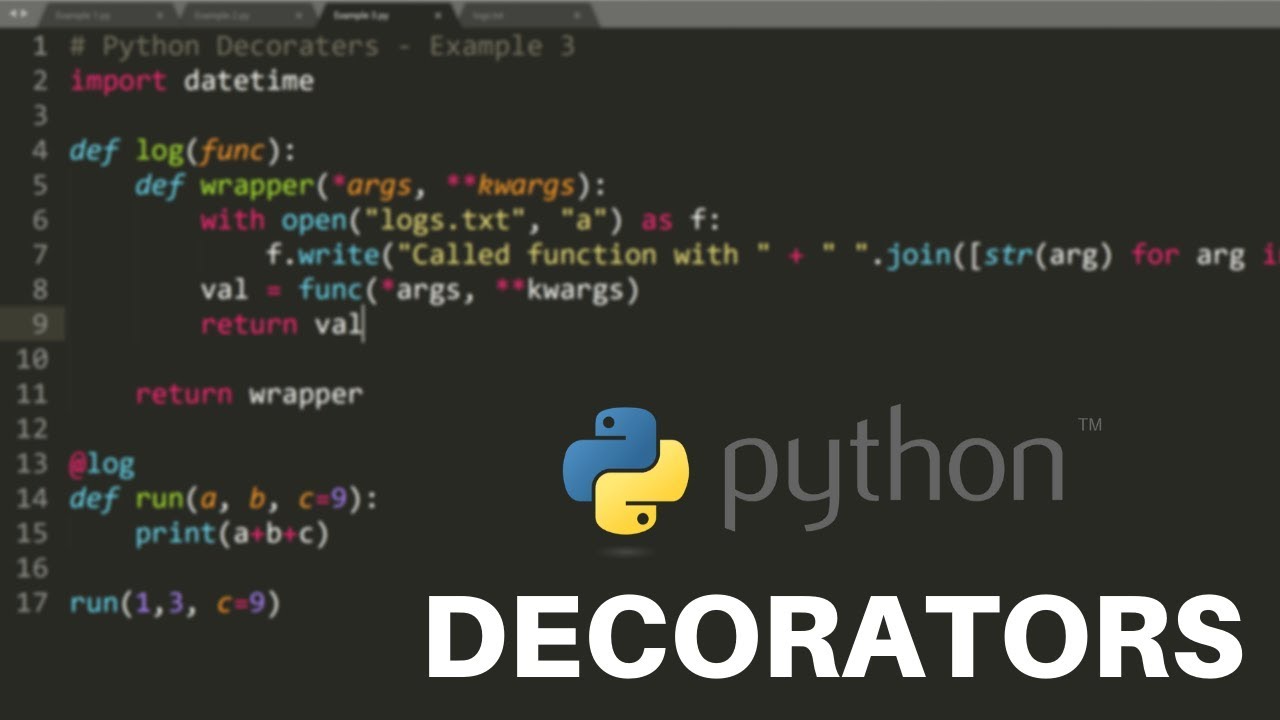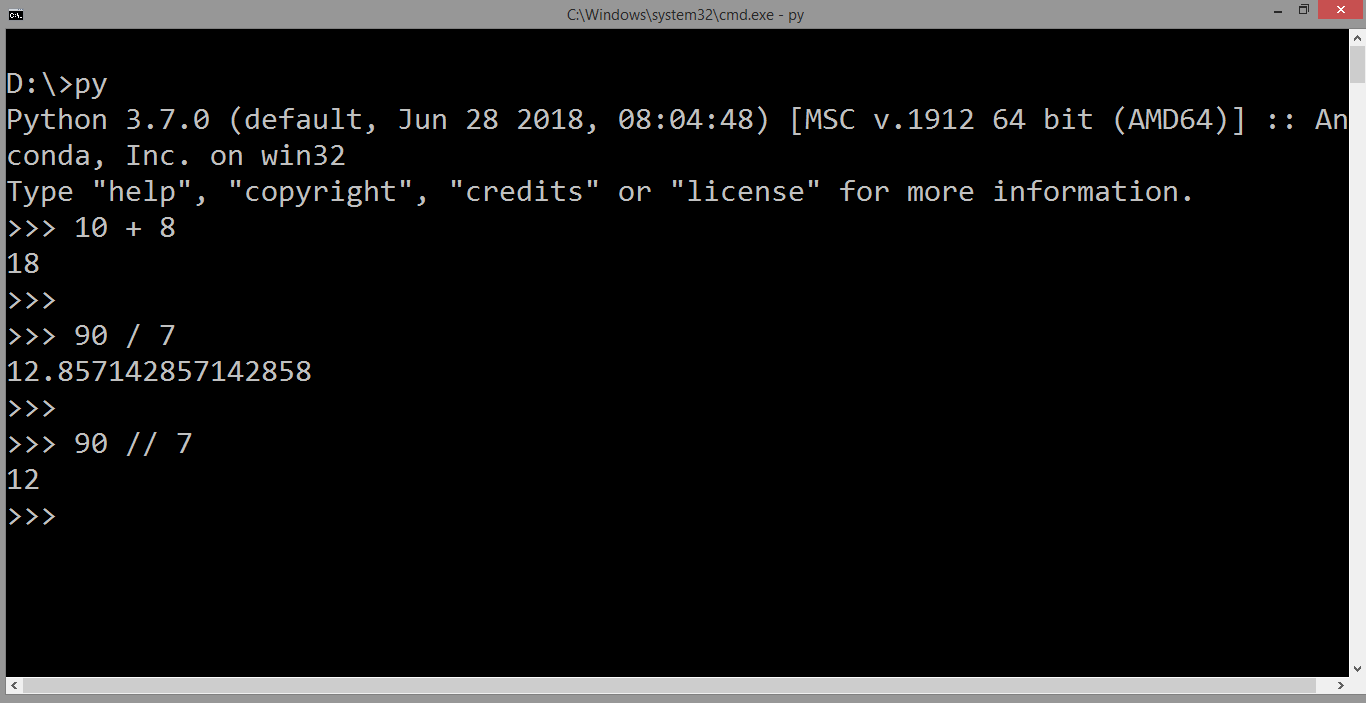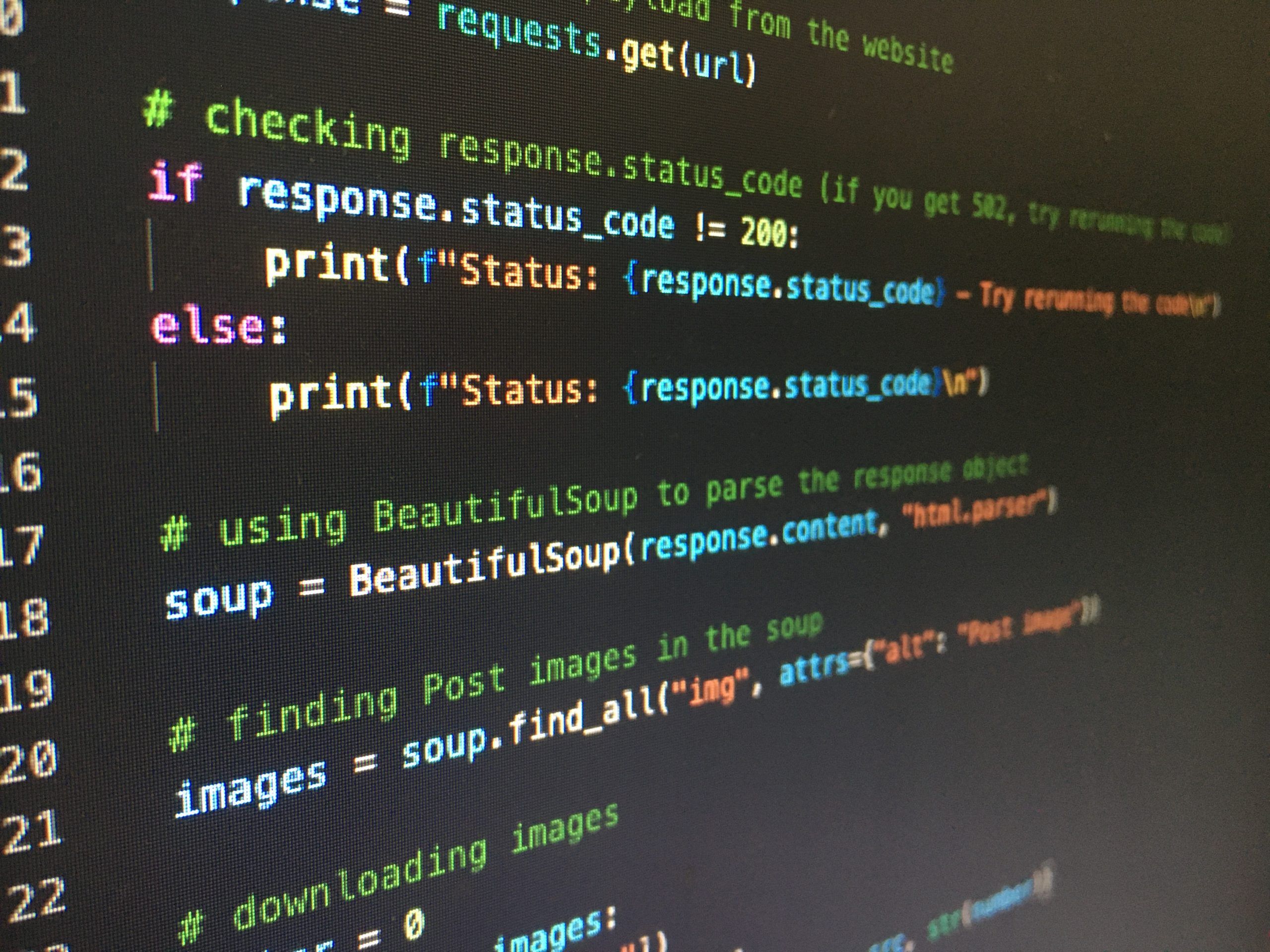What problems is Python used for?
What problems is Python used for?
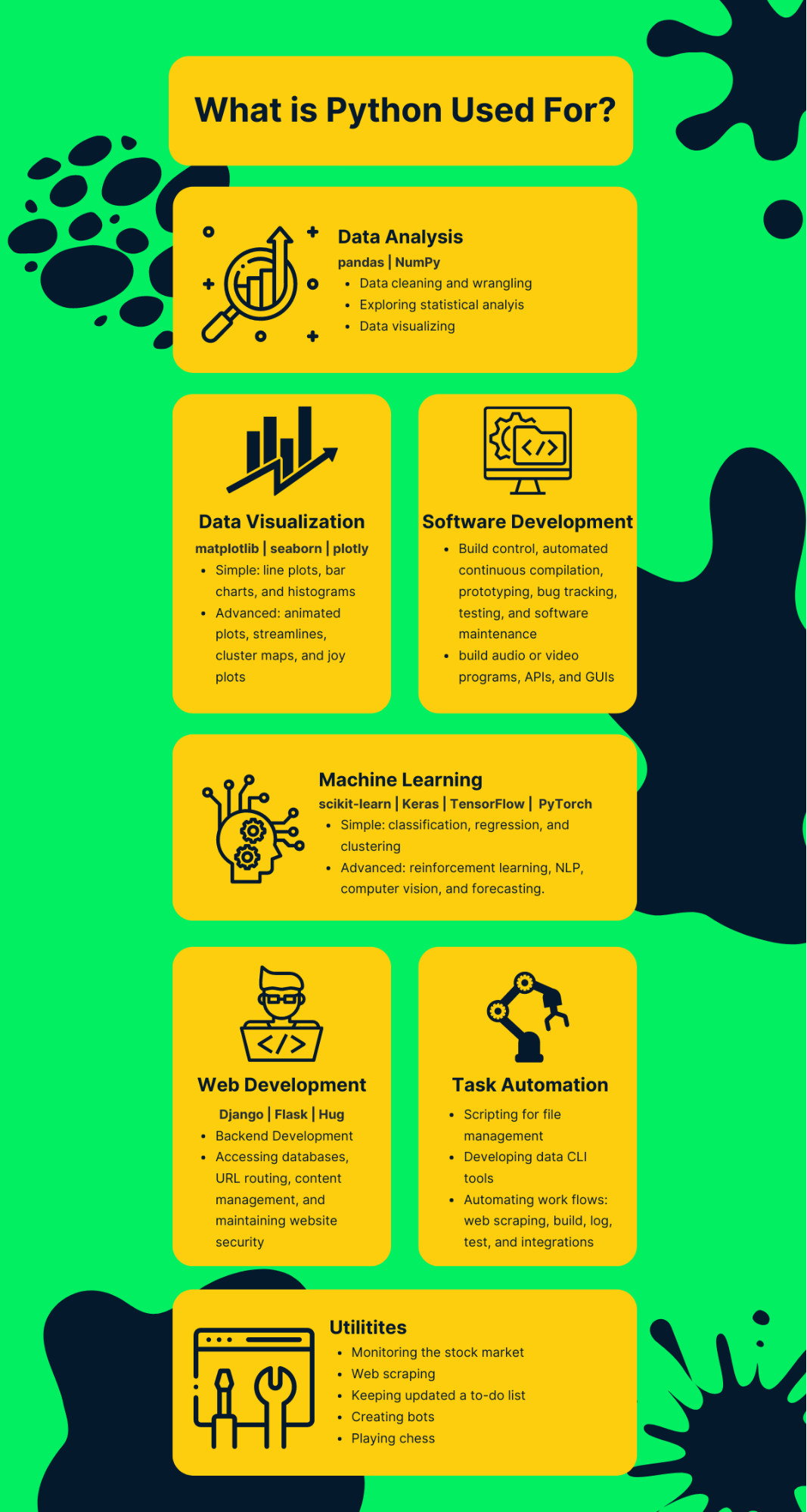
Python is a versatile and popular programming language that has been widely adopted across various industries due to its simplicity, flexibility, and ease of use. Here are some examples of the many problem areas where Python has been successfully applied:
Data Science and Machine Learning: Python is one of the most popular languages for data science and machine learning tasks. Libraries such as NumPy, pandas, scikit-learn, and TensorFlow enable researchers and developers to analyze large datasets, build predictive models, and create intelligent systems. Web Development: Python's popular web framework, Django, allows developers to quickly create robust and scalable web applications. Flask, another well-known framework, provides a more lightweight alternative for building web services and APIs.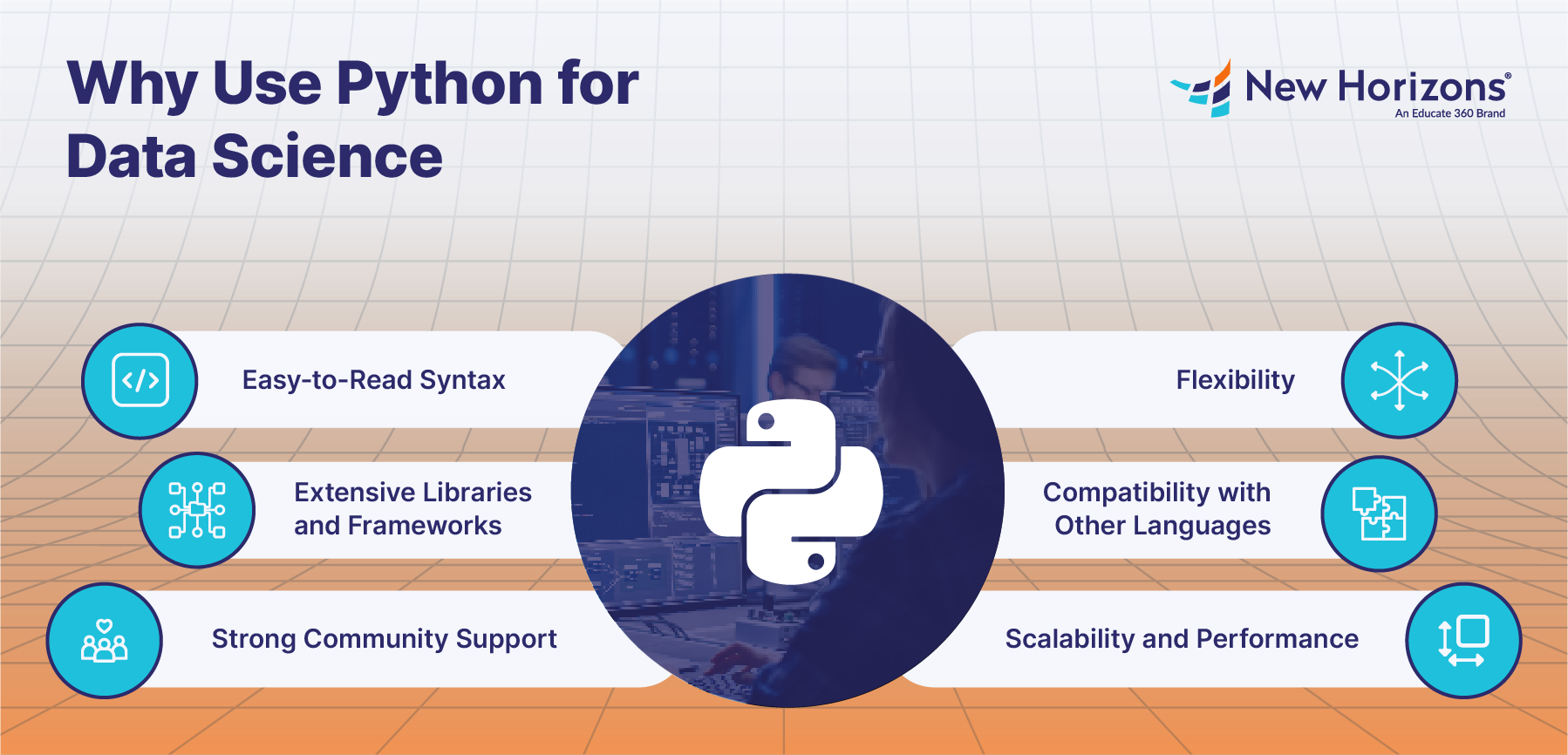
These are just a few examples of the many problem areas where Python has been successfully applied. Its ease of use, flexibility, and extensive libraries have made it a popular language in many industries and fields.
Top 16 Python applications in real world
Here are the top 16 Python applications in the real world:
Google's YouTube: Google uses Python as a primary language for their video-sharing platform, YouTube. Instagram: Facebook uses Python to handle user requests and perform tasks such as photo processing. Dropbox: Dropbox uses Python for its core application programming. Pinterest: Pinterest relies on Python for handling user interactions and displaying content. Reddit: Reddit, a popular online community, uses Python for handling user requests and managing data. Netflix: Netflix utilizes Python to manage user requests, handle video streaming, and perform various tasks. Walmart's e-commerce platform: Walmart uses Python as one of the primary programming languages for its e-commerce platform. Pinterest: Pinterest relies on Python for handling user interactions and displaying content. Dropbox Paper: Dropbox uses Python to power their collaborative document editing feature, Paper. Kaggle: Kaggle, a popular data science competition platform, is built using Python. NASA: NASA scientists use Python extensively for tasks such as data analysis, image processing, and simulations. CERN: The European Organization for Nuclear Research (CERN) uses Python to analyze particle collisions and other scientific data. Amazon SageMaker: Amazon's SageMaker service is built using Python for machine learning modeling and deployment. OpenCV: OpenCV, a popular computer vision library, was originally written in Python but now supports C++ as well. TensorFlow: TensorFlow, a popular open-source deep learning framework, has its core API built in Python. Spacy: Spacy, a modern NLP library, is primarily designed and built in Python.These applications demonstrate the versatility of Python as a programming language, ranging from web development to scientific computing, machine learning, and data analysis.
Python's popularity stems from its simplicity, flexibility, and large community of developers who contribute to its ecosystem. With a wide range of libraries and frameworks available for tasks such as data science, web development, and artificial intelligence, Python has become an indispensable tool in many industries and fields.
